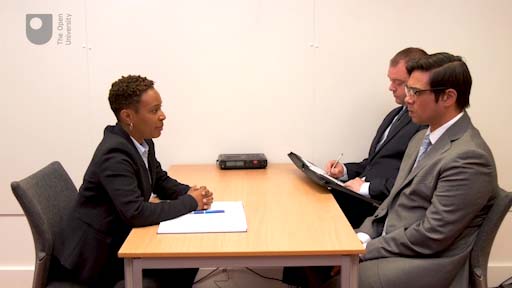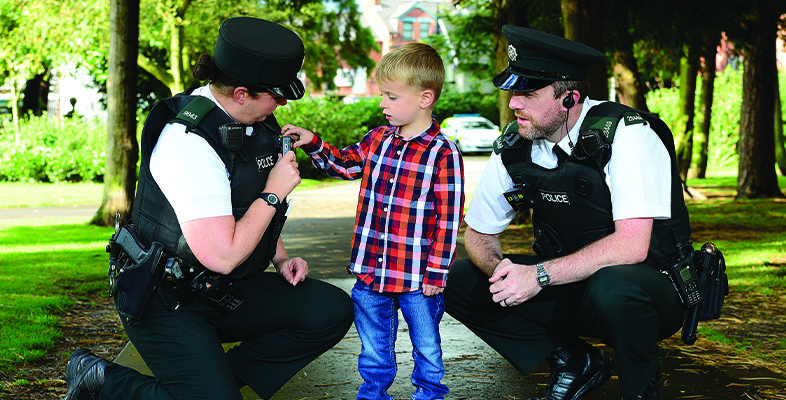4.2 Confrontation – positive and negative variants
You have learned that being sensitive to interactions shown on the adaptive and maladaptive wheels is a useful skill. If you are able to plot (i.e. diagnose correctly) your conversational partner’s position on the wheels, you are more likely to be able to enact a response which is sensitive to where they are, which helps to build rapport and develop conversation.
One particularly important aspect of communication to get right is handling confrontation adaptively. In policing, especially, you will often need to respond to someone who is being hostile – for example, in the challenge phase of a police interview, when managing a team member who is being problematic at work, or when handling interactions on the street in your local community.
Activity 7 Mr Simpson
In Video 8 you will see police suspect Robert Simpson being interviewed about the death of his father, Ralph. Robert alerted police when he was unable to access his father’s house the week before the interview took place. The police broke the door down and found Ralph dead. However, Robert’s behaviour at the time was found to be a little unusual, and some of the information he provided in his initial witness account of the incident has been subsequently found not to match up with other evidence and witness statements. As a result, Robert is now being interviewed as a suspect to the crime, and in the video the police are at a stage in the interview where they are presenting some of the evidential challenges to Robert.
You already know that we are dealing with confrontation (i.e. hostility) here so you know the behaviours will be on the left side of the wheel. Your task is to identify which of the two videos below is adaptive and which is maladaptive, and to think about what examples you might pick out that illustrate the adaptive or maladaptive responses.

Transcript: Video 8 Police suspect interview I

Transcript: Video 9 Police suspect interview II
It’s important to remember that adaptive challenge is a useful tool that can be used in a way that is positive and constructive, as you have seen in the videos in Activity 7. However, you should remember that no type of behaviour on the adaptive wheel is ‘better’ than any other; the most important thing is to avoid maladaptive responses.
